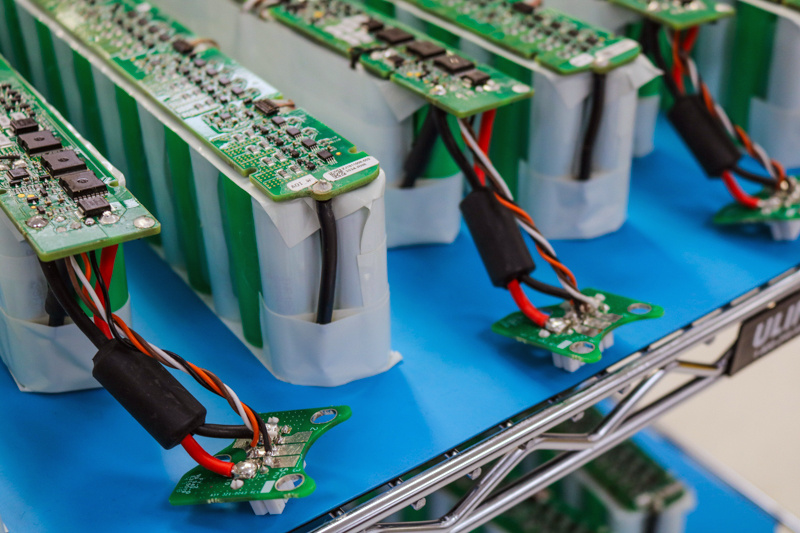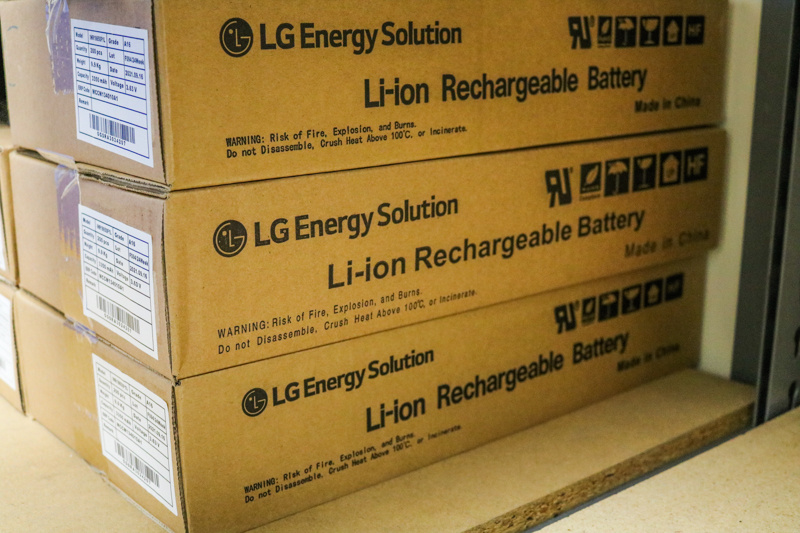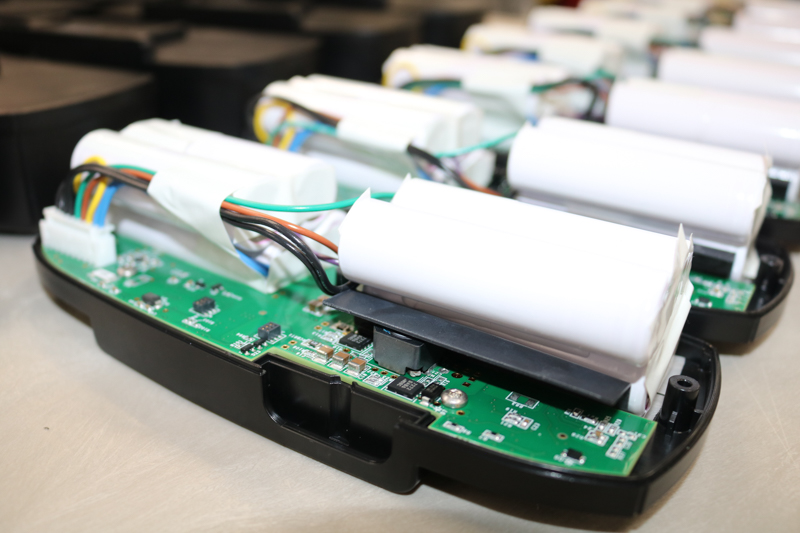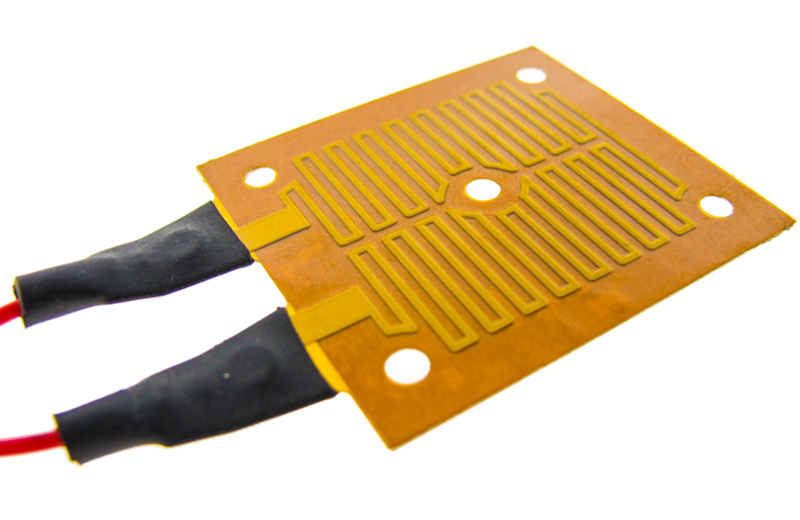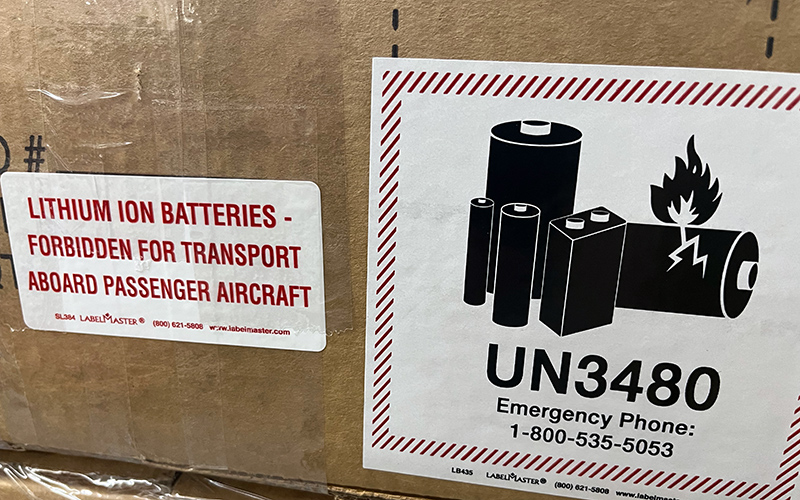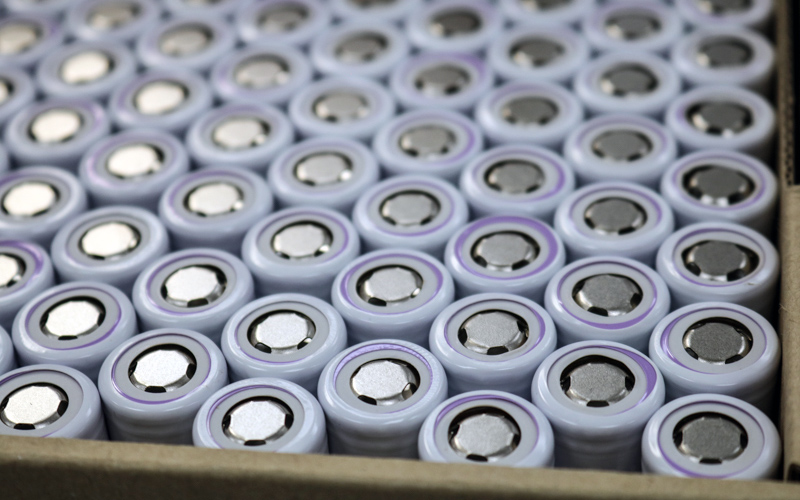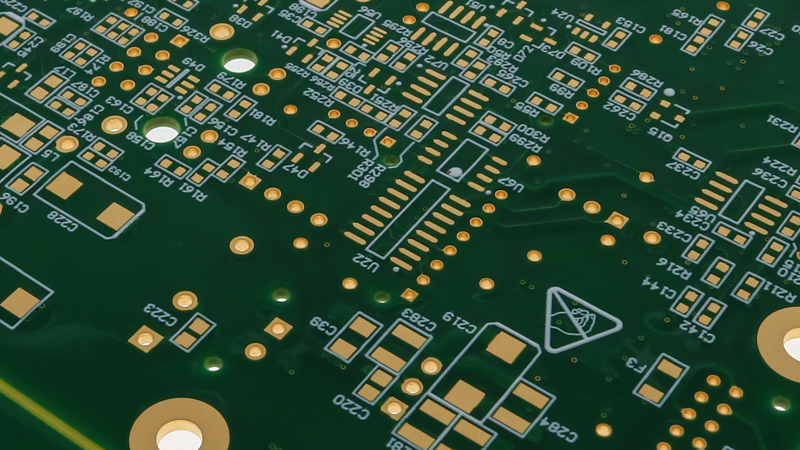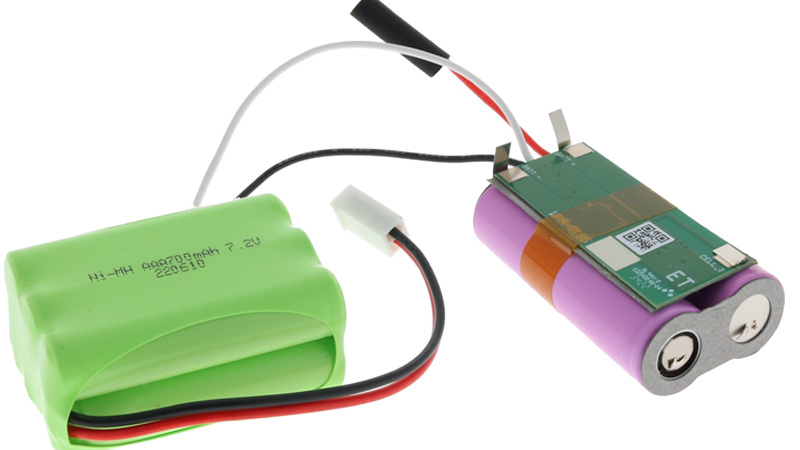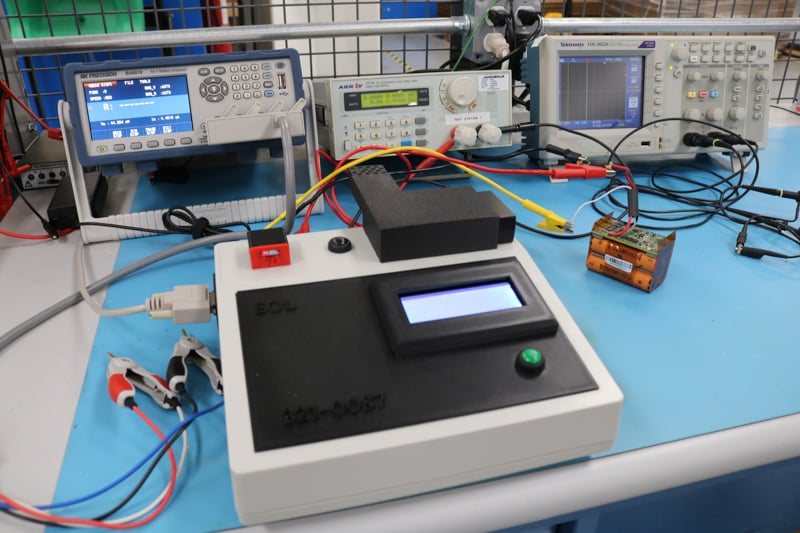In the dynamic world of flex circuit design, a recurring challenge presents itself: balancing electrical requirements with mechanical demands. These two aspects often clash, creating a complex scenario for designers.
Customers who require battery packs for devices have a wide selection to choose from to provide the appropriate amount of power to applications. When selecting a battery pack, choosing a customized design provides you with more control and design freedom when it comes to picking specific materials, charge rates, battery enclosure designs, and capacities.
As technology continues to evolve, battery packs have become an essential component of numerous devices, from smartphones and laptops to electric vehicles and renewable energy systems. Proper maintenance and storage of battery packs are critical to ensure their longevity, performance, and safety.
Custom battery packs charge and discharge at different rates. During these processes, they can generate heat. While a small amount of heat is expected, elevated levels can lead to battery problems. Battery pack operation can also be influenced by environmental temperatures. In addition to being negatively impacted by high temperatures, low temperatures also cause lower battery performance.
When working with flexible heaters, know that they are highly customized, and to successfully work in your application, they must be engineered to meet your specific requirements. These heaters are thin, bendable, and can be designed using the most complex shapes, geometries, and curves to fit almost any type of application.
Custom lithium batteries bring with them a wide range of different benefits that cannot be ignored. In addition to being known for their light weight, they also offer the highest energy density among available options.
In the realm of custom battery design, two critical parameters stand out: sizing and the C rating. These aspects are fundamental to the performance, longevity, and safety of battery packs, especially in applications demanding specific power requirements and space constraints.
In the rapidly advancing world of electronics, few areas are as subject to constant change and innovation as printed circuit board (PCB) technology. The components and laminates that form the backbone of these vital circuit boards are continuously being revised, updated, and even rendered obsolete by the relentless pace of progress.
At the conclusion of our webinar, Standard vs. Custom Battery Packs: Decoding the Power Play, we had several questions submitted to our presenter, Anton Beck, Battery Product Manager at Epec. We have compiled these questions into a readable format on our blog.
Quality and performance are key considerations during custom battery pack manufacturing. If these factors are overlooked, potential battery issues and low-performing packs may enter the market. They could cause malfunctions and damage to devices, or not offer enough power for devices to perform.



